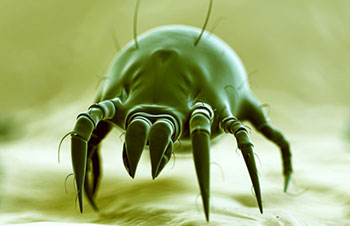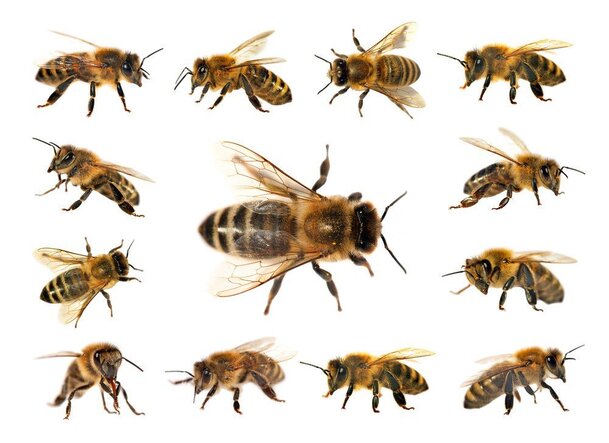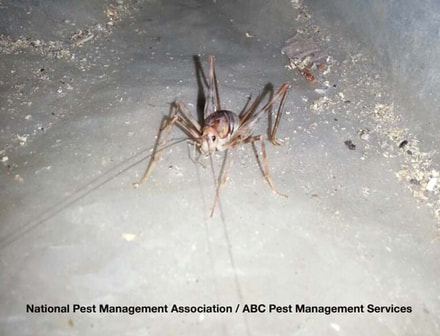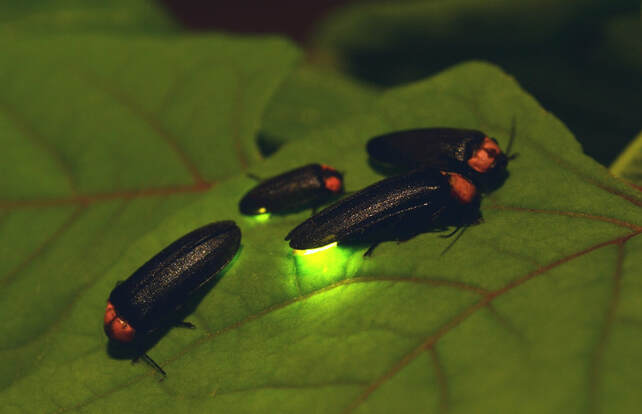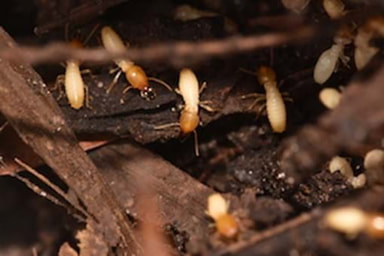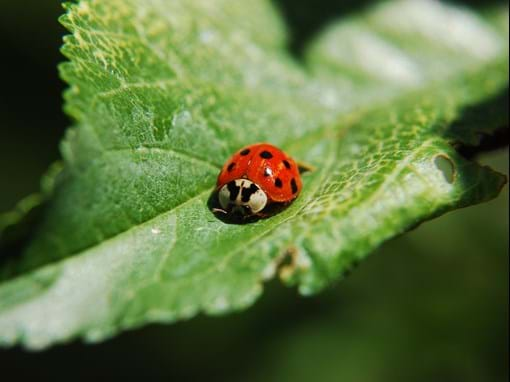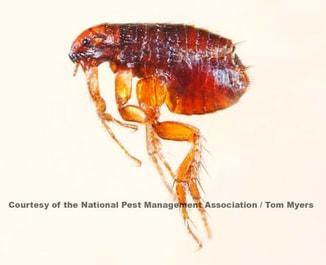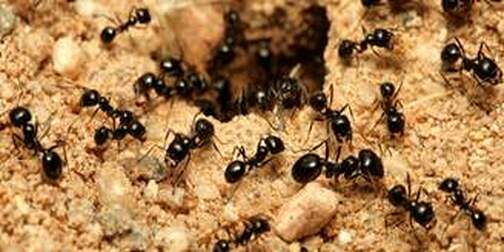|
With over two decades in the pest control and extermination industry, Pestech of Greenville, Inc. has seen our fair share of pests here in North Carolina. During that time, we’ve also learned some pretty interesting and unusual facts. This is an update to our 2020 version of 50 Fascinating Facts About Pests that you can read by clicking here. Here are 50 more of our favorite facts about common pests that you might find fascinating… and maybe even a little bizarre:
Bees 5. Honeybee queens lay 1,500 eggs a day. 6. A single bee makes 1/12 teaspoon of honey in its entire lifetime. A typical 12-ounce squeeze bottle takes 864 bees to make all the honey that goes inside it. 7. The bee is the only social insect to be partially domesticated by humans. 8. Bees are capable of recognizing and distinguishing between faces, both of humans and other bees. 9. The Africanized Honeybee (a.k.a. “killer bee”) has been known to chase people for over a quarter of a mile once they have gotten excited and aggressive. Scorpions 10. Scorpions may be the oldest land animals still living today. The fossil record suggests ancient scorpions were among the first marine animals to venture onto dry land. That happened about 420 million years ago 11. Scorpions give birth to live babies and have several dozen at a time. 12. Adult scorpions have fluorescent chemicals in their hyaline layer that causes them to glow under ultraviolet light. 13. In the wild, scorpions typically live from two to ten years. Crickets 14. Crickets hear through their knees. 15. Almost all types of crickets weigh between .2 and .8 grams. A paper clip weighs one gram. 16. There are over 900 species of crickets in the world. Every single one of these species has its own unique chirp. 17. Crickets chirp faster when it’s hot outside. Fireflies: 18. Fireflies emit light mainly to attract mates. However, they also do this to defend territory and warn predators away. 19. An adult firefly lives only long enough to mate and lay eggs. 20. Fireflies are found on every continent but Antarctica. Roaches 21. Roaches spend 75% of their time resting. 22. A cockroach can hold its breath for 40 minutes. 23. The world’s largest roach is six inches long. 24. The modern cockroach first came to be about 200 million years ago.
Mosquitoes 29. Mosquitoes are more active when the moon is full. 30. Only female mosquitoes bite 31. Most mosquitoes have a short life span. It’s estimated they live less than two months, but some have been known to live up to 6 months. 32. When it comes to flying, mosquitoes are one of the slowest insects. They only fly at 1 to 1.5 miles per hour. 33. Mosquitoes are the deadliest animal in the world. Ladybugs 34. Ladybugs have a preferred diet of plant-damaging insects, including aphids. They also eat fruit flies, thrips, and mites. 35. There are about 5,000 species of ladybugs in the world, and not all of them are red with black spots. 36. Instead of heading south for the winter, ladybugs living in colder climates and hibernate. 37. Adult ladybugs fly with hidden wings.
Ants 43. Several species of ants can survive in water by using their own version of the doggy paddle and can float for long periods of time. 44. Once a queen has mated, her wings fall off. 45. The world’s biggest ant is the bullet ant, which is found in the Panama jungle. It can grow up to 1.6 inches. 46. 20% of ants in a colony do absolutely nothing. 47. The sting of a bullet ant is powerful enough to paralyze a tarantula. 48. An ant, the size of a human, could run as fast as a racehorse. 49. The average fire ant sleeps around nine hours per day. 50. Ants’ eyes are made of a combination of small eyes. No matter your pest problem, Pestech of Greenville, Inc. is here to help. Our experts can assist in your various pest management needs. Give us a call at 252-353-4760 for a free estimate. Your East Coast pest management professionals are honored to serve you.
(Facts gathered for this post consist of several expert pest technician opinions. Information was also sourced from the Smithsonian National Museum of Natural History, Pest World, the National Pest Management Association, Live Science, and EcoWatch.) Comments are closed.
|
|
|
HOW ARE WE DOING? (Google review embedded here)
Copyright © 2023
PESTECH OF GREENVILLE, INC.
PESTECH OF GREENVILLE, INC.

